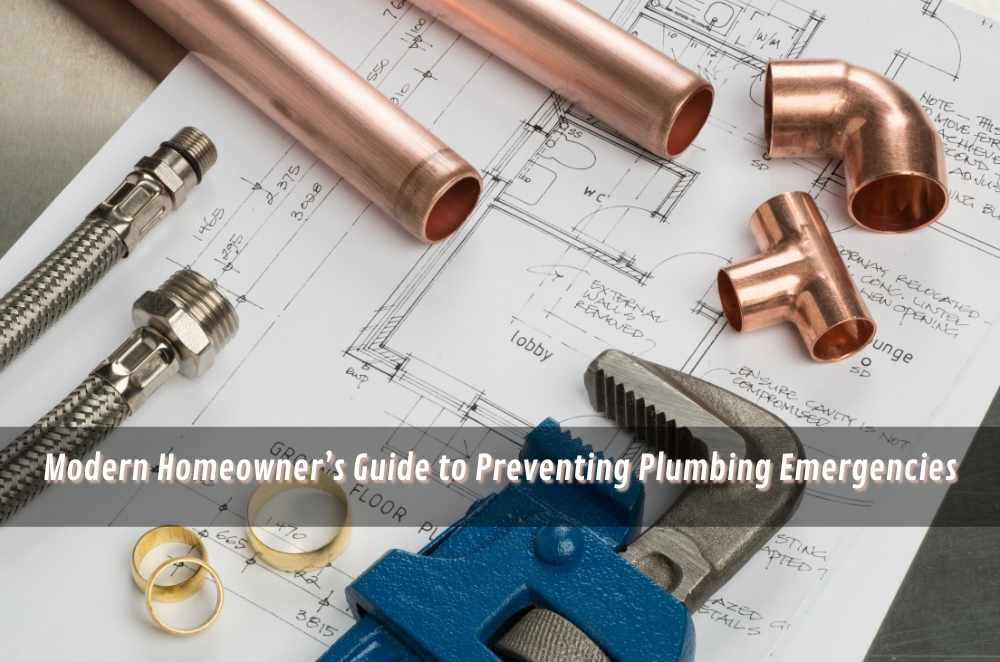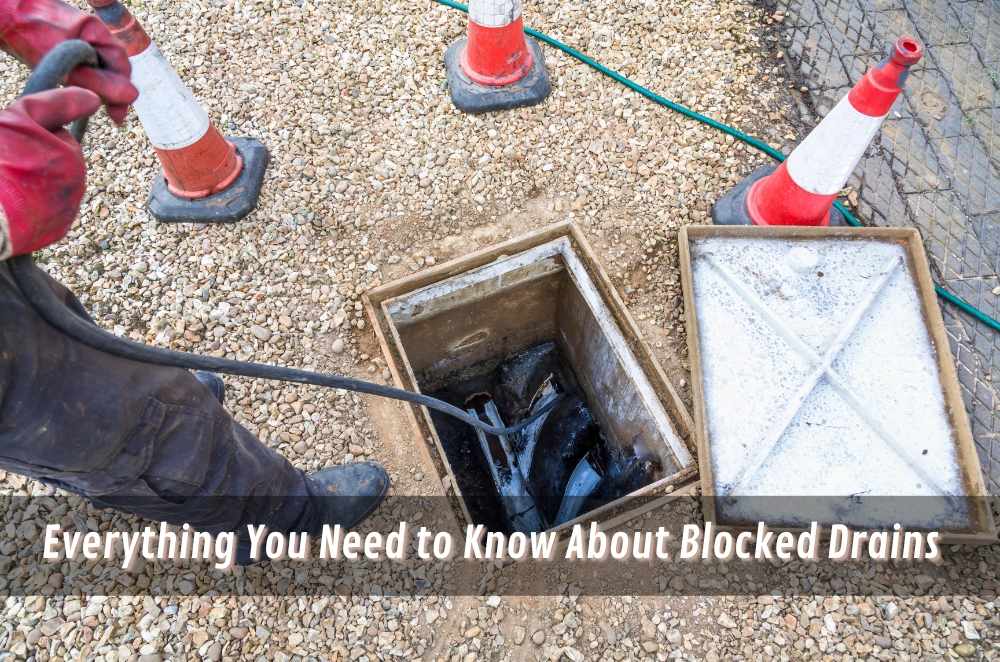
Have you ever walked into your bathroom and sighed, looking at that old, clunky toilet? It could run incessantly or poorly, consuming water as though it has no tomorrow. Whatever the reason, deciding to install a brand-new toilet is a huge step. But where do you start? This is a question many homeowners in Sydney are facing, and there is no one correct answer. Optimally determining the model and walking the installation procedure can become overwhelming, even more so when seeking dependable Sydney plumber solutions fear not. This guide will help you do so by explaining the process and offering practical tips for a smooth installation.
What toilets are best suited for a Sydney home?
Sydney plumbing has unique problems, particularly for homes in older suburbs. Water savings are always a top priority, and bathroom configurations can differ significantly.
Here’s what to consider when choosing a new toilet:
Water Saving: Choose a toilet with a high water efficiency labelling and standards rating. This is particularly important in Sydney, where the city's water supply can be a worry, especially in the summertime. Seek a WELS rating of 4 stars or higher.
Toilet types:
One-piece toilets have a more contemporary appearance and are easier to clean.
Two-piece toilets are more old-school and sometimes cheaper.
Regarding small spaces, wall-hung toilets are an excellent contender for their modern look.
Space considerations: Measure your bathroom carefully to ensure the new toilet fits comfortably. Many older Sydney terraces, for example, have petite bathrooms, so you need to measure them carefully.
Home layout: Where are your plumbing pipes? Typical toilet designs may not work with some older homes and existing pipework. If you need to fix minor plumbing issues, it’s best to address them before installing a new toilet to avoid complications later.
With the last remnants of summer’s heat fading, many Sydneysiders still consider their water usage carefully. This makes the use of water-efficient toilets all the more pertinent choices.
Essential tools and materials for toilet installation
Before starting the procedure, we sure need to have tools and materials that help us get the job done safely and efficiently, so here are the essentials.
Before installing, gather the necessary tools and materials. This will save you time and avoid painful interruptions.
Adjustable wrench
Plumber’s tape (Teflon tape)
Wax ring
Level
Putty knife
Sponge and bucket
New toilet bolts
Flexible water supply line
Safety is paramount. Before performing plumbing work, be sure to turn off the water supply. Wear gloves to protect your hands and eye protection.
A step-by-step guide to installing toilets
There are multiple steps to installing a toilet.
Here's a general guide:
Removing the old toilet:
Shut the water source and flush the toilet to empty the tank.
Remove the water supply line.
Unscrew the toilet bolts and carefully remove the old toilet.
The flange and floor preparations:
The flange scrapes off any old wax remnants.
Check the flange for damage and replace if needed.
Clean and flatten the floor.
Setting the new toilet:
Place the new wax ring on the flange or bottom of the bathroom.
Gently set the toilet on the flange and ensure correct alignment.
Reattach the toilet using new bolts.
Connecting the water supply:
Attach the flexible water supply line to the toilet tank.
Start the water supply and look for leaks.
Sealing and finishing:
Use a bead of silicone sealant around the bottom of the toilet.
Clean up any excess sealant.
Corrosion can be a problem in older homes in Sydney, particularly near the coast. Therefore, always check your flanges and pipes for rust. Sydney residents should note that when looking for a plumber, they can find some local experts who are familiar with older homes.
Common toilet installation mistakes and how to avoid them
Even the most experienced DIYers can make a misstep while installing a toilet. Common pitfalls and how to avoid them:
Wrong flange position: Ensure the flange is in the right direction for the drain pipe pipe. An incorrectly placed flange will result in leaks and drainage issues.
Poor sealing: Re-seat a new wax ring. Do not overuse sealant, as this can cause issues later.
Water leaks after installation: After attaching the water connection, it should be thoroughly checked for leaks. Tighten any loose connections and check for any signs of water seeping.
Click here to review: Broken toilet due to over-tightening bolts: Over-tightening the bolts can crack the toilet's porcelain. Tighten them until firm, not a thread more.
These problems can cause you to incur expensive repairs and water damage.
Maintaining your new toilet for optimal performance
Proper soap or household cleaner is vital once your new toilet is installed.
Routine maintenance: Clean the toilet regularly to eliminate mineral deposits and maintain hygiene.
Look for leaks: Inspect for leaks around the toilet base and the water supply line.
Minor problems require immediate attention. For example, a running toilet or a loose handle should be fixed as soon as possible.
Avoid harmful chemicals: Do not use dangerous chemicals in the toilet, as they may harm the interior parts.
Conclusion
Removing an old toilet and installing a new one can make your bathroom much more comfortable and efficient. You will have a successful installation with these tips and things to remember. Keep in mind that planning and attention to detail are everything. Although it can be installed DIY-style, professional assistance is also available. If you prefer the peace of mind of professional help, available plumbers in Sydney have the know-how and experience to do any toilet installation or other plumbing job for you. Regular home upkeep includes maintaining the inside of your home and ensuring that plumbing systems function correctly alongside other structural elements.
Readers are encouraged to share their installation experiences or questions in the comments below, fostering a community of helpful insights. Discover how local plumbing experts can provide peace of mind for all your home's plumbing needs.










Write a comment ...